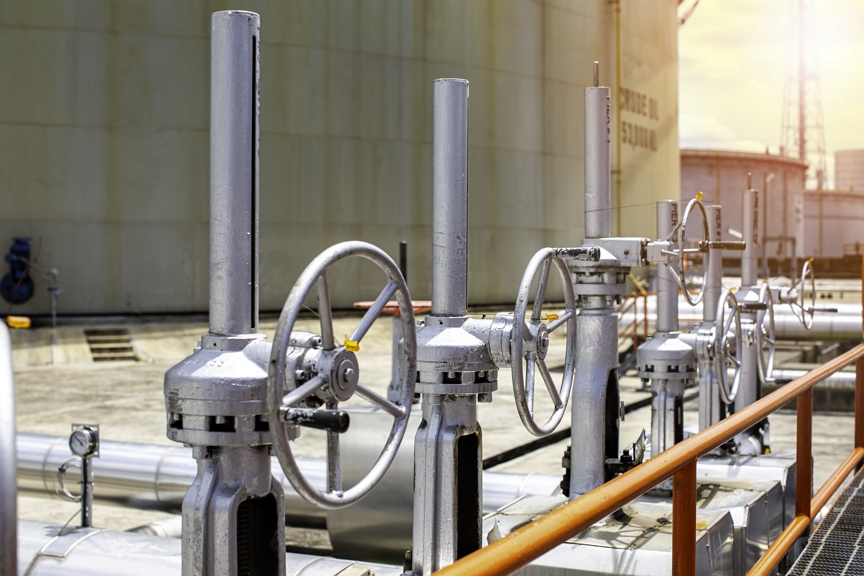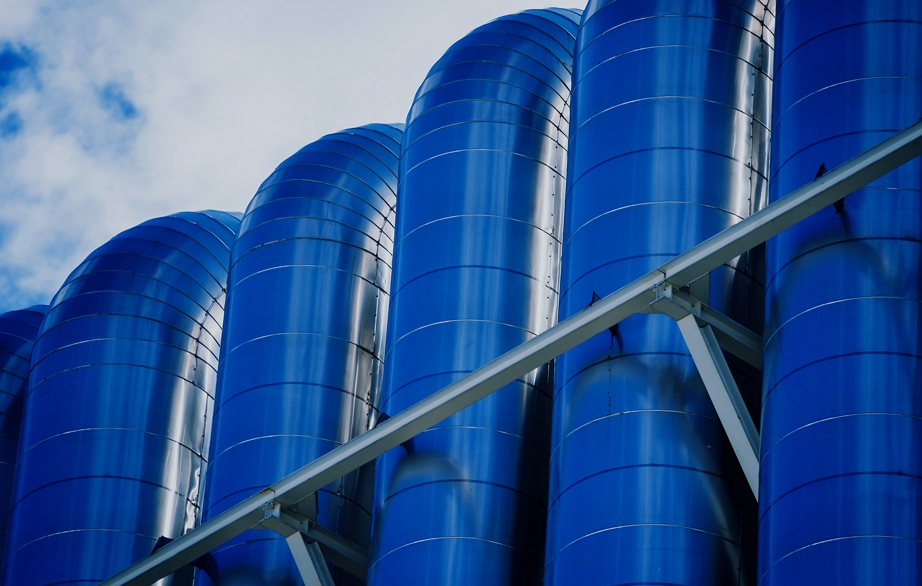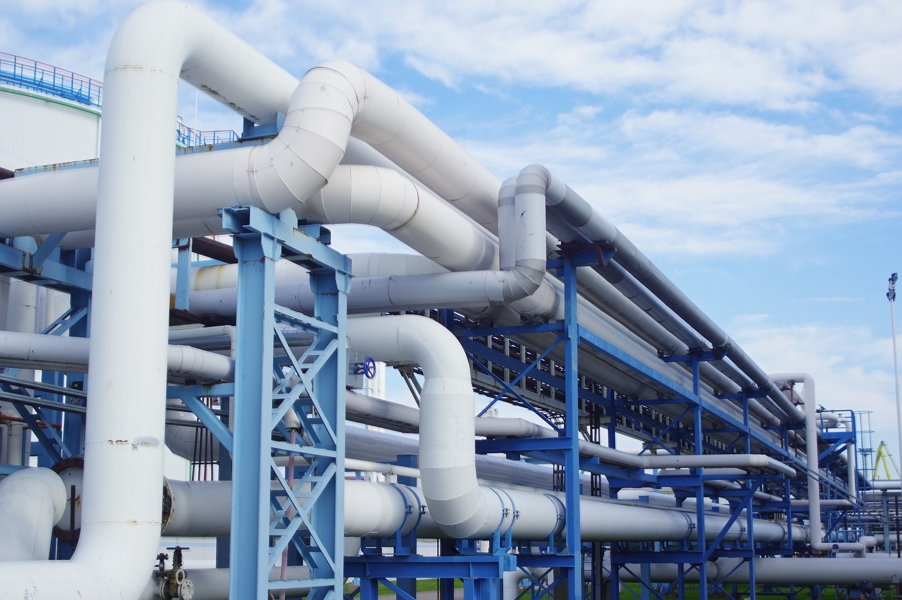#An Introduction to the Midstream Oil and Gas Sector
In the global energy supply chain, the oil and gas industry is a critical segment and comprises a number of vital elements. One of those elements is the midstream sector; this sector represents the middle ground in the oil and gas supply chain.
Traditionally, the oil & gas sector is divided into three major segments: upstream, midstream, and downstream segment.
The upstream segment is primarily involved in the extraction of natural gas & crude oil from underneath the surfaces of land and seabed.
The downstream segment is involved with the marketing, distribution, and sometimes refining of petroleum products, by-products, and natural gas for example diesel, hi-octane petrol, jet fuel, and Kerosene.
Midstream segment is the medium phase of oil and gas industry operations that consists of the processing, transportation and storage of oil, natural gas, and natural gas liquids (NGLs). This sector plays a crucial role in obtaining oil and gas from the site of extraction to where it is refined and used.
#Significance of the Midstream Industry
Although underappreciated, this sector plays a pivotal role in stabilizing the demand and supply of oil and gas within the supply chain. It provides the necessary infrastructure for the efficient flow of energy from production to consumption; whilst enhancing energy security with substantial prices. This in turn promotes economic growth, as infrastructure investment creates job opportunities, influencing the broader energy market.
#Gas Processing in the Midstream Sector
After the raw natural gas is extracted, it goes through a series of processes before being transported, which are as follows:
The separation of raw gas from any impurities like water, light hydrocarbons and residual oil takes place.
The water vapor is then removed through a dehydration process to avoid corrosion in pipelines.
Natural gas liquids (NGLs) extraction takes place since the gas still contains heavier hydrocarbons (ethane, propane, butane, and pentane). These liquids are removed by cryogenic processing (lowering the temperature of the gas stream).
The NGLs can be further separated by fractionation; dividing them into individual units for different uses.
Thus, the remaining gas is methane, typically around 85-95%; which is a pipeline-quality natural gas.

#Midstream Oil Processing
The processing involves the handling and separation of crude oil after it has been extracted but before being refined. Since the crude oil has impurities in it, the separation of these (water, gas, and sand) takes place. In some cases, it needs to be stabilized; removal of light hydrocarbons (butane and propane) as they are volatile and may cause pressure problems during transport.
#Midstream Oil and Gas Transportation
One of the key activities in the midstream segment is the transportation of oil and gas to production sites, storage facilities, and distribution points.
It takes place in the following ways:
Pipelines: The most common method for large-scale, long-distance transport, which is cost-effective as well as reliable. These can run through entire continents including oceans (eg. Trans-Alaska Pipeline and Key-Stone Pipeline).
Trucks and Railways: For remote locations or shorter distances, where there are fewer infrastructure facilities (eg. absence of pipelines).
Tankers/Marine transport: Ships designed to carry large quantities for international transport through waterways.
#Midstream Oil and Gas Storage
The storage helps with maintaining a flexible model for any fluctuations in demand, production, or prices. The process unfolds as follows:
Underground storage: This usually includes storing in natural formations such as salt caverns, and depleted oil and gas fields as they are more secure; whilst providing large storage.
Above-ground storage tanks: Crude oil is usually stored in large, cylindrical tanks before being sent to refineries. On the other hand, natural gas is stored in liquefied form (LNG) in large cryogenic tanks.
Terminals: These act as critical hubs where oil transitions between various transportation methods, such as pipelines, ships, and railcars. Enhanced storage capacity at these points helps regulate the movement of raw materials across different networks.

#Top Midstream Oil and Gas Companies
Midstream oil & gas companies are essential players in the energy industry, as they typically own and operate the indispensable sources required for the systematic movement of energy sources from production sites to refineries and distribution points.
The most recognized among them are:
Kinder Morgan- Texas
The Williams Companies- Oklahoma
EnLink Midstream- Texas
These companies use software solutions that are designed to help them streamline their operations: whilst increasing supply chain efficiency. With the help of these software, operations can be monitored in real-time, ensuring regulatory compliance as well as optimizing asset management. Thus, structuring companies to make data-driven decisions.

#Conclusion
The midstream oil and gas sector is a crucial link in the energy supply chain, bridging the gap between extraction and consumption. Through processing, transportation, and storage, this segment enables the efficient flow of energy, supporting economic stability and energy security. Key players in the midstream industry use advanced technology to facilitate operations and adjust to demand fluctuations, strengthening the sector's significance in the broader energy landscape. Understanding this vital role sheds light on how the midstream sector contributes to the reliability and stability of global energy markets.




